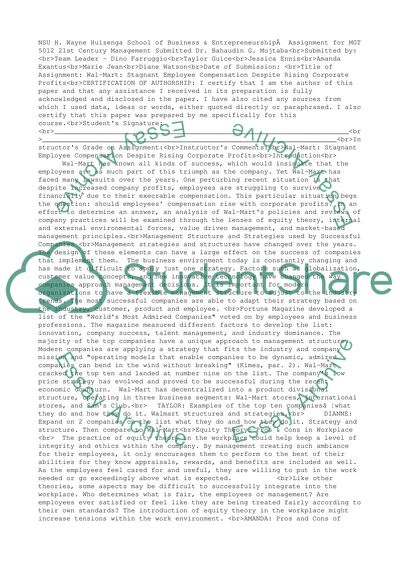Wal-mart Final paper on Political/Legal forces Essay. Retrieved from https://studentshare.org/management/1631245-wal-mart-final-paper-on-politicallegal-forces
Wal-Mart Final Paper on Political/Legal Forces Essay. https://studentshare.org/management/1631245-wal-mart-final-paper-on-politicallegal-forces.


